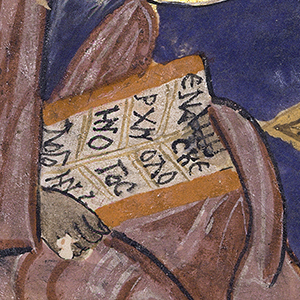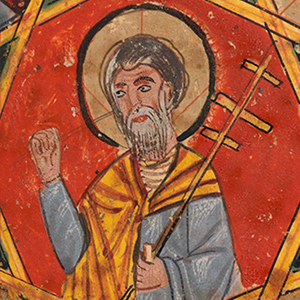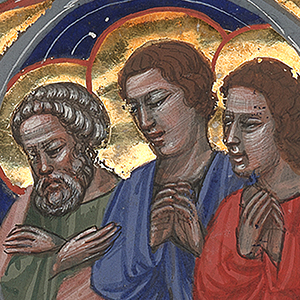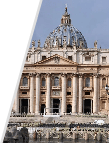Liturgical Feasts
Solemnity of the Ascension of the Lord

The Ascension is a liturgical Solemnity celebrated by all the Christian Churches. It falls on the fortieth day after Easter Sunday. Saint John Chrysostom and Saint Augustine make reference to it, but it was probably Saint Gregory of Nyssa who influenced the propagation of the feast. Since it falls on Thursday, in many countries, this Solemnity is transferred to the following Sunday. With his Ascension into heaven, the presence of the “historical Christ” comes to an end, and the presence of the Body of Christ, the Church, is inaugurated.
See All... Year C Year B Year AFeast of the Visitation of the Blessed Virgin Mary

This feast was established by Pope Urban VI in 1389 in order to bring the Great Schism to an end through the intercession of Mary. It originated in Byzantium when, on 2 July, the Gospel of Mary’s visit to Elizabeth was read on the Feast of the “Deposition in the Basilica of the Holy Garment of the Theotokos”. The Franciscans adopted this Marian feast day in 1263, calling it the Visitation of Mary. After the liturgical reform of the Second Vatican Council, the date for the feast was fixed on 31 May, at the end of the month dedicated to Mary.
See All...




